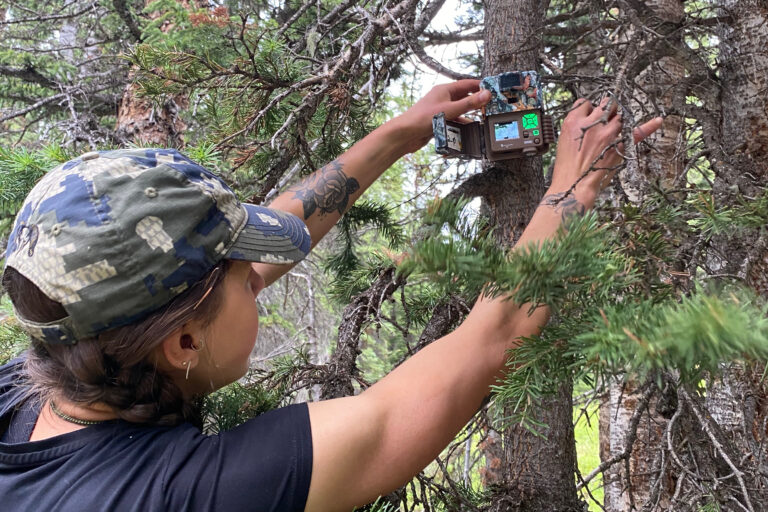
Marquette University researchers offer the first empirically supported explanation for loss of tropical forest carbon storage, decaying tropical forest carbon sink
Over a decade-long study involving 117,000 plants, researchers uncovered evidence that helps explain the decline in carbon storage across the American tropics.





